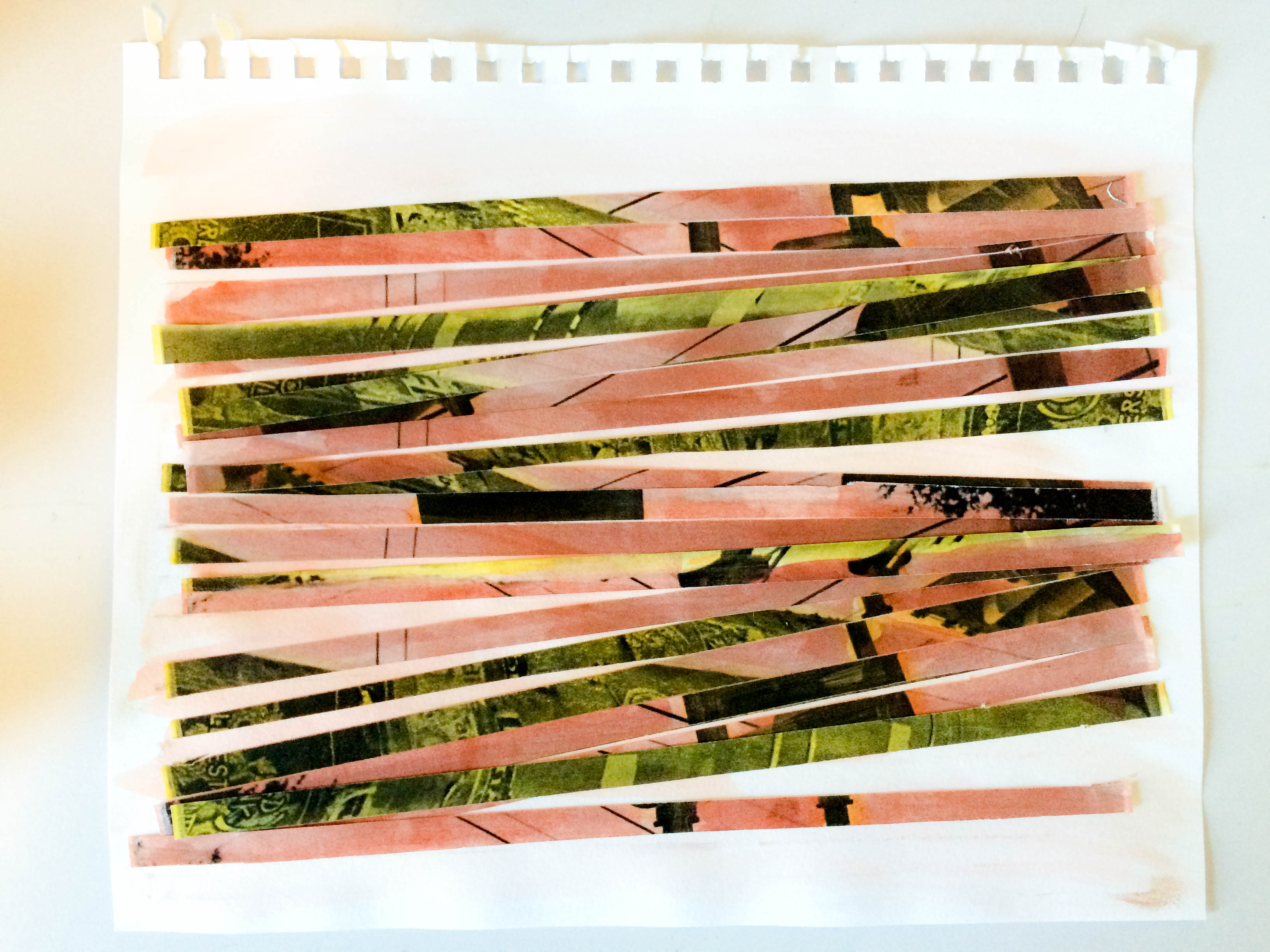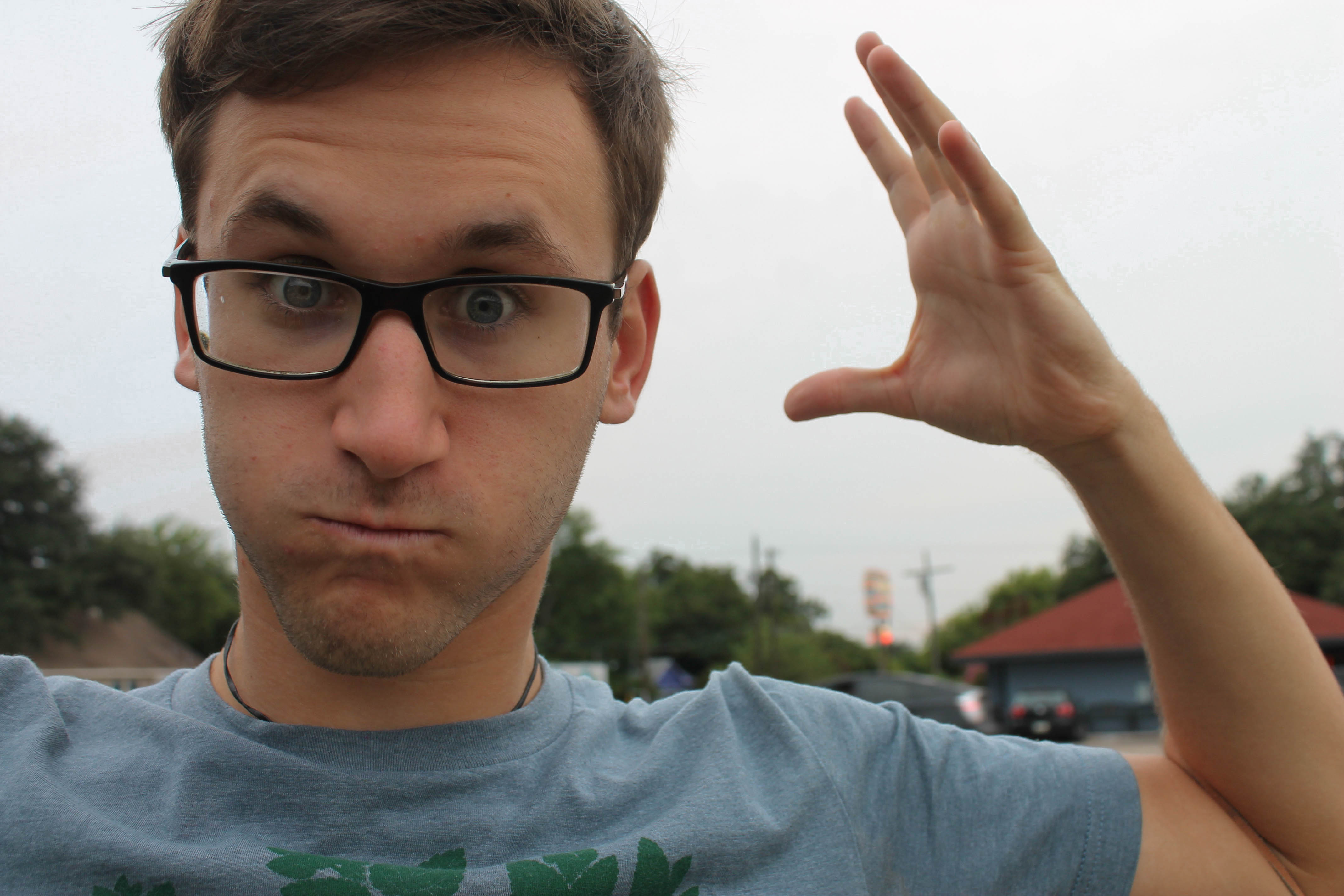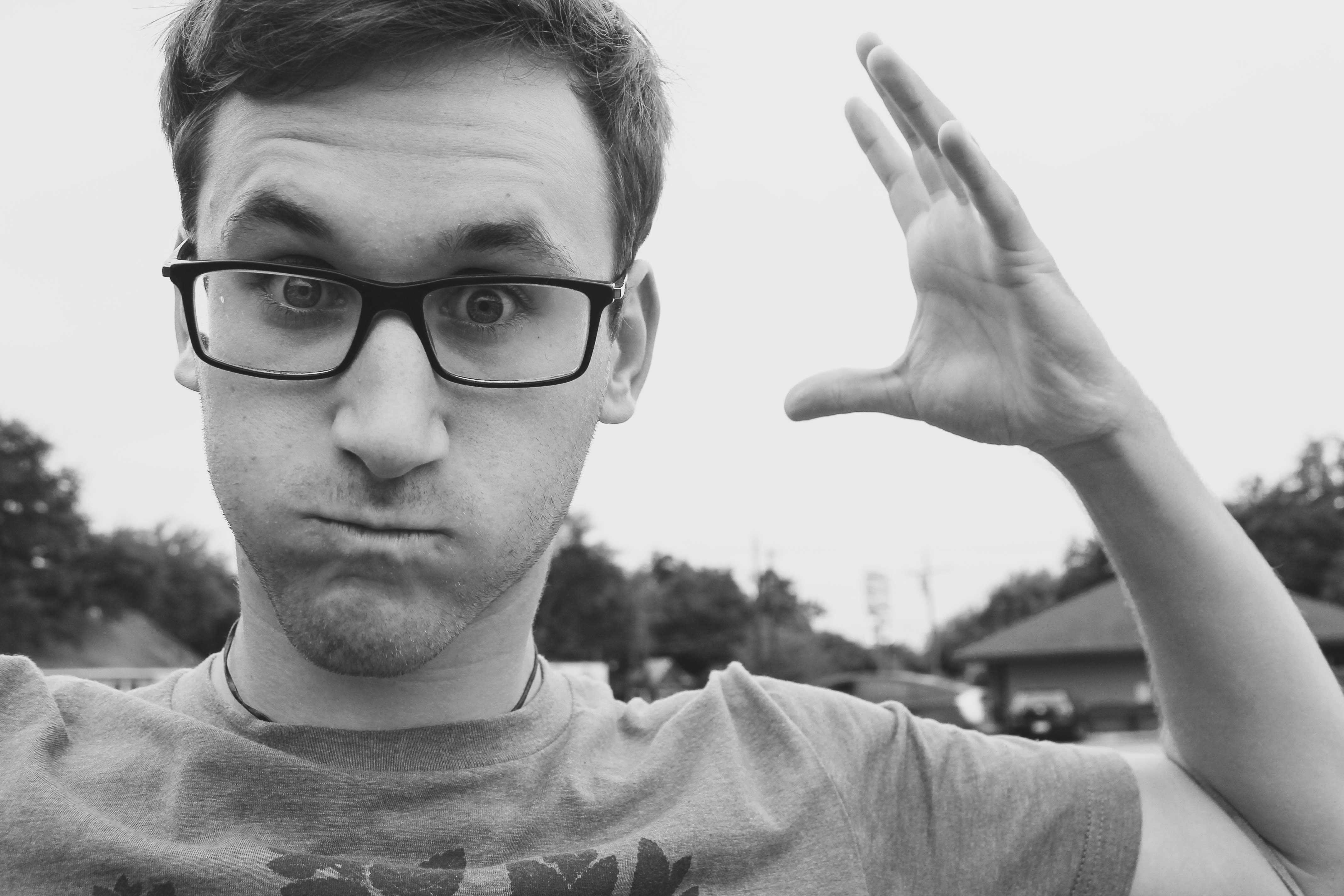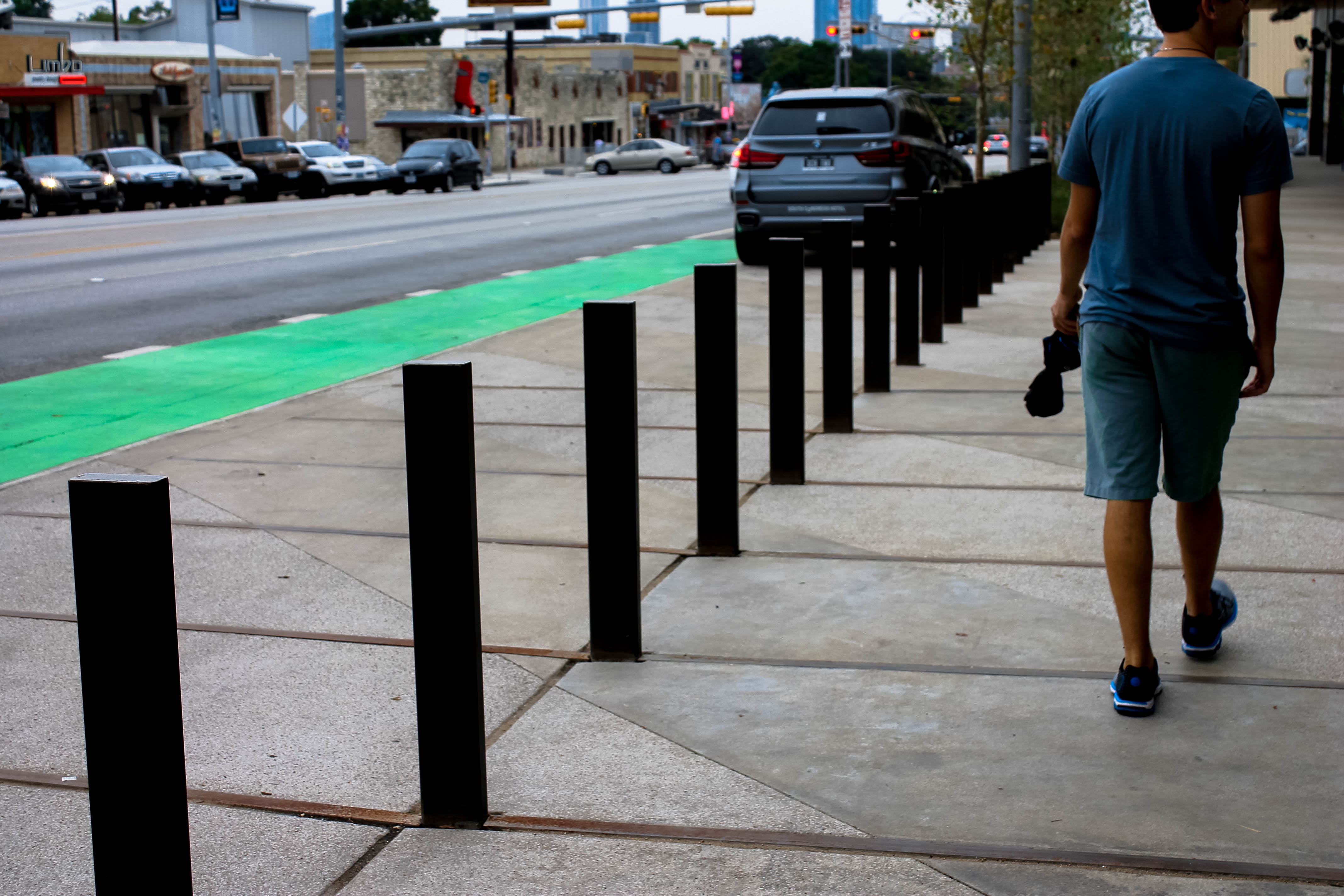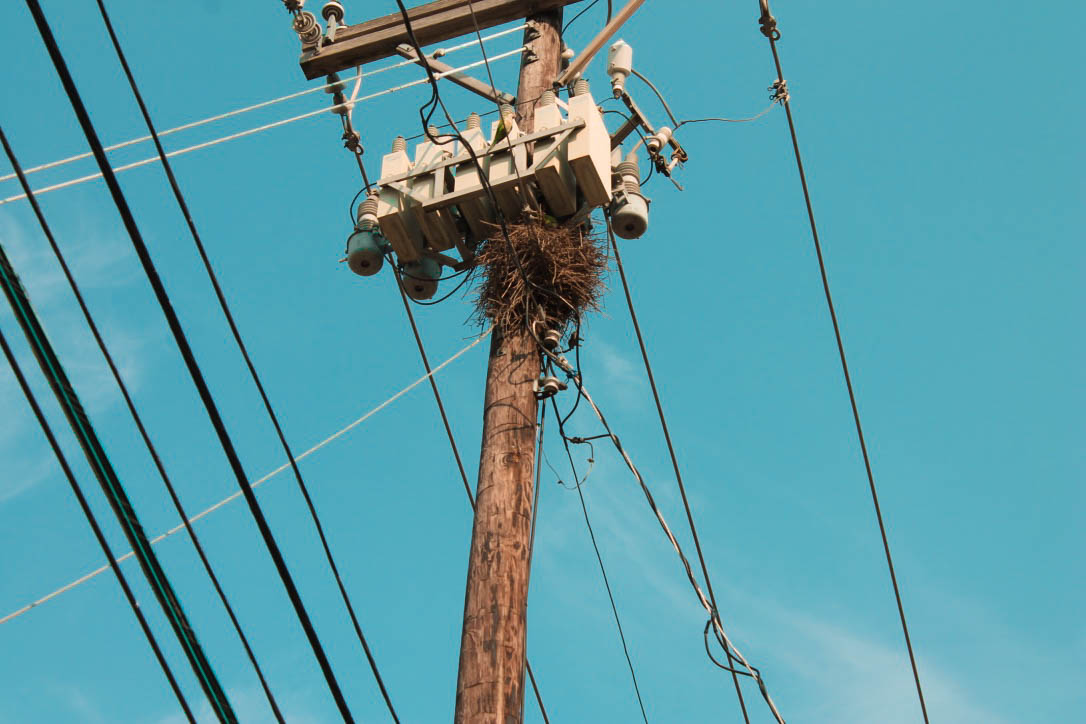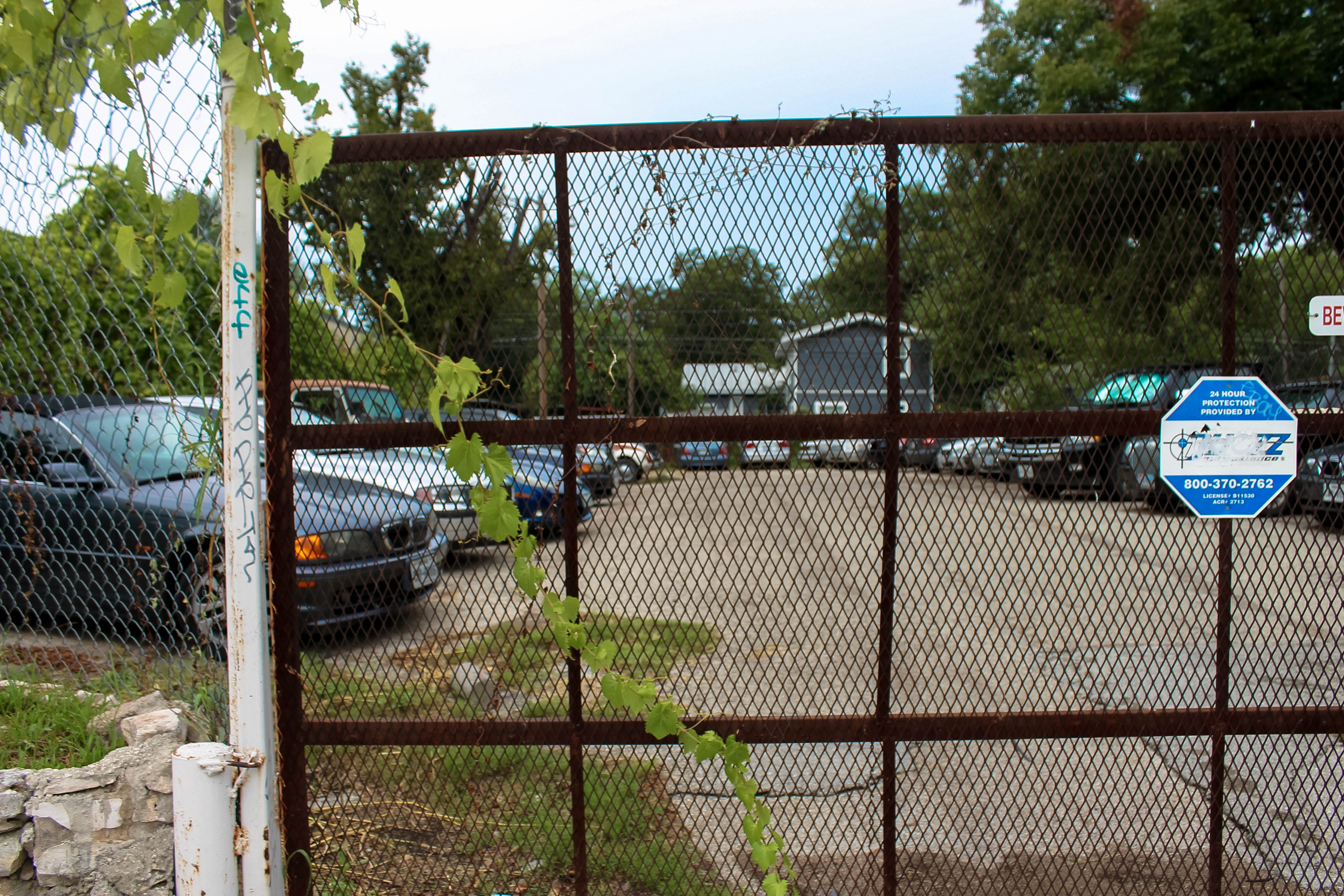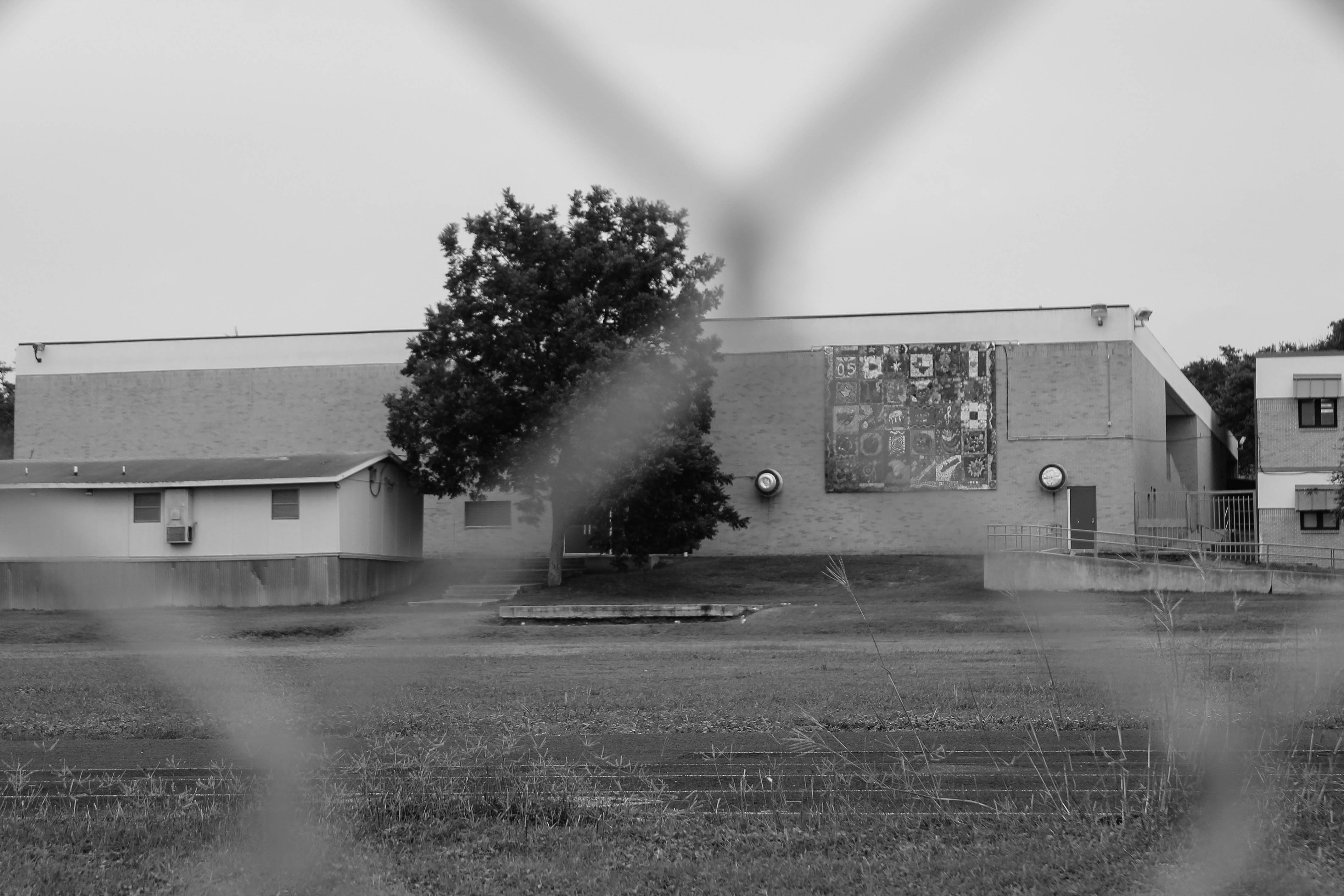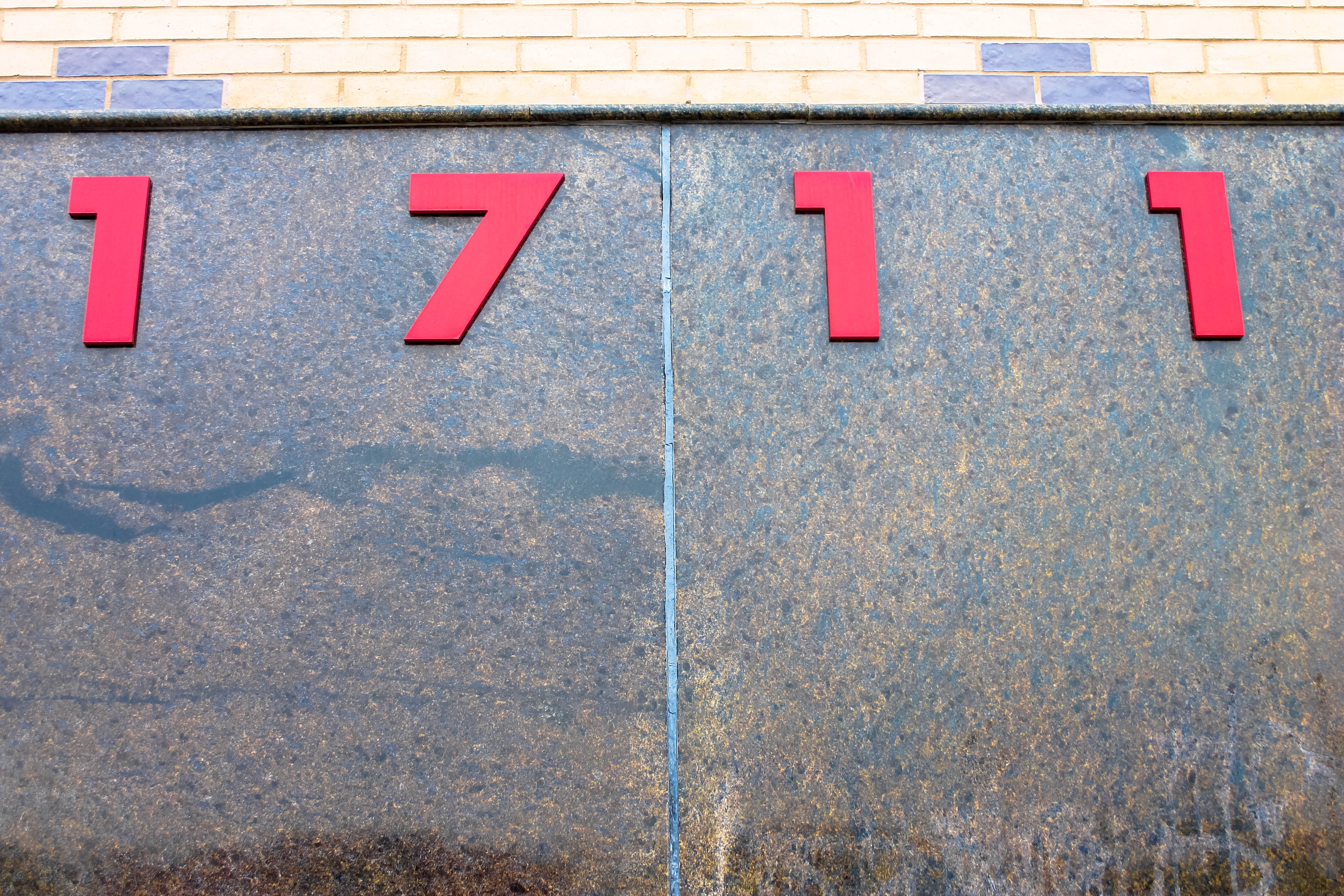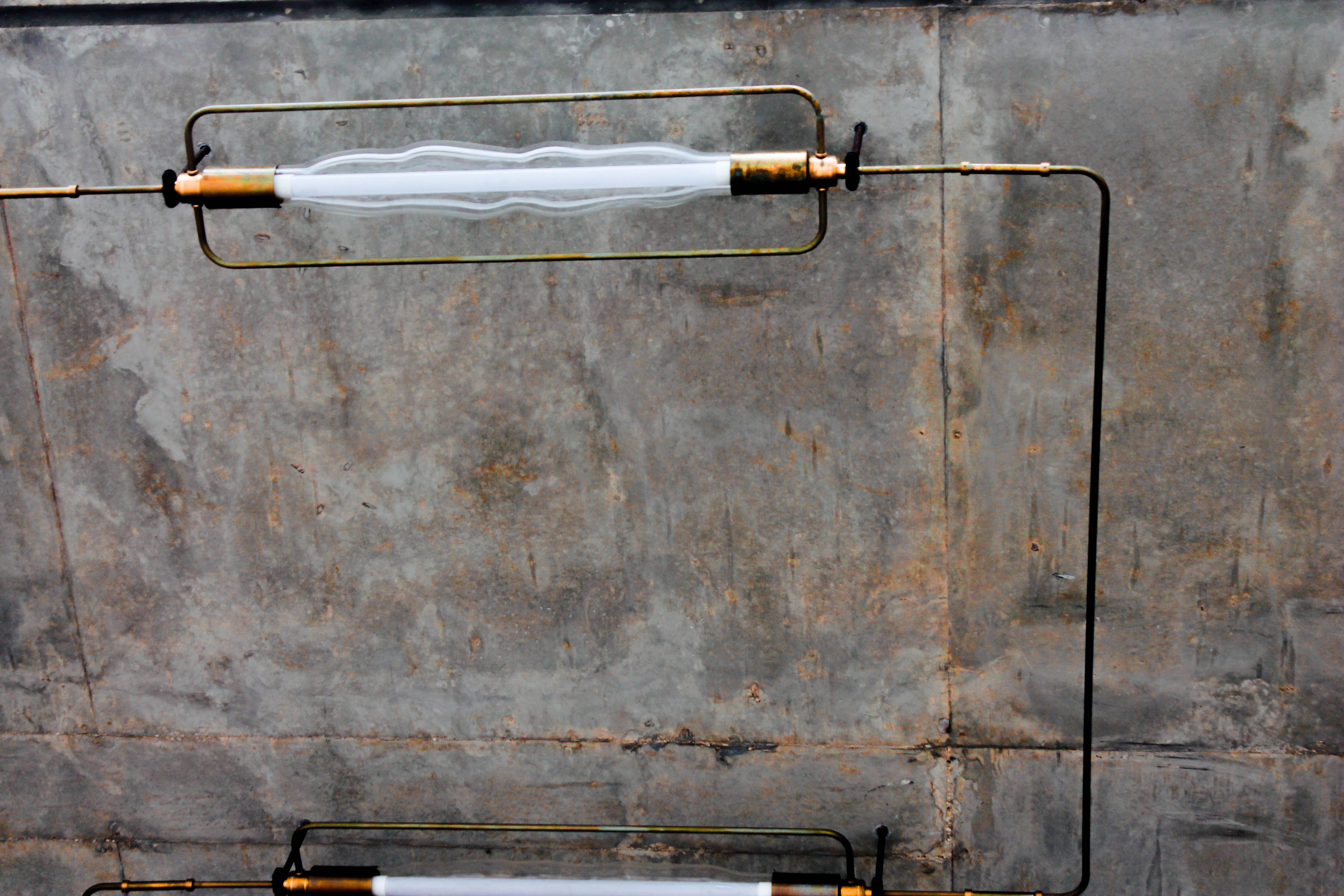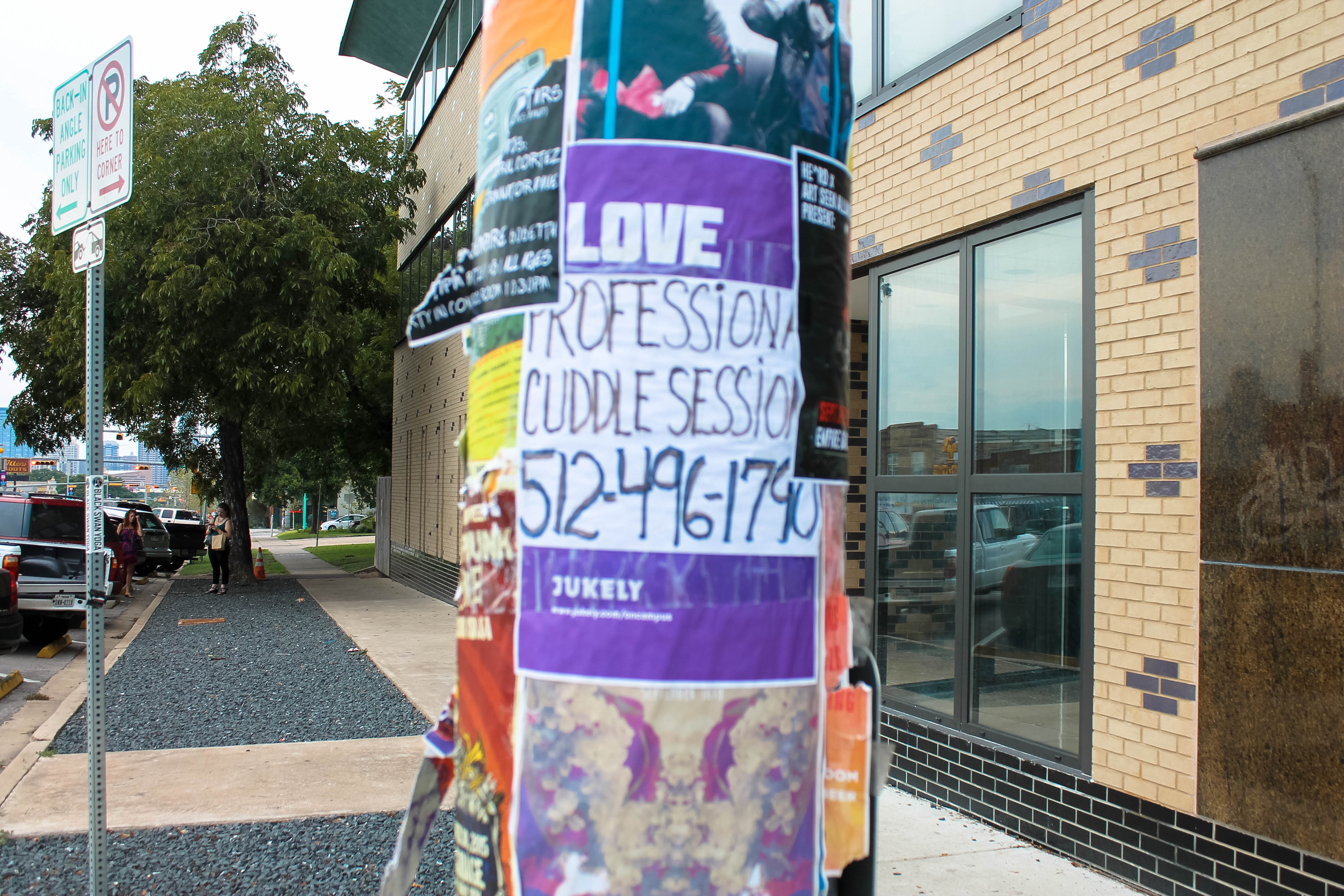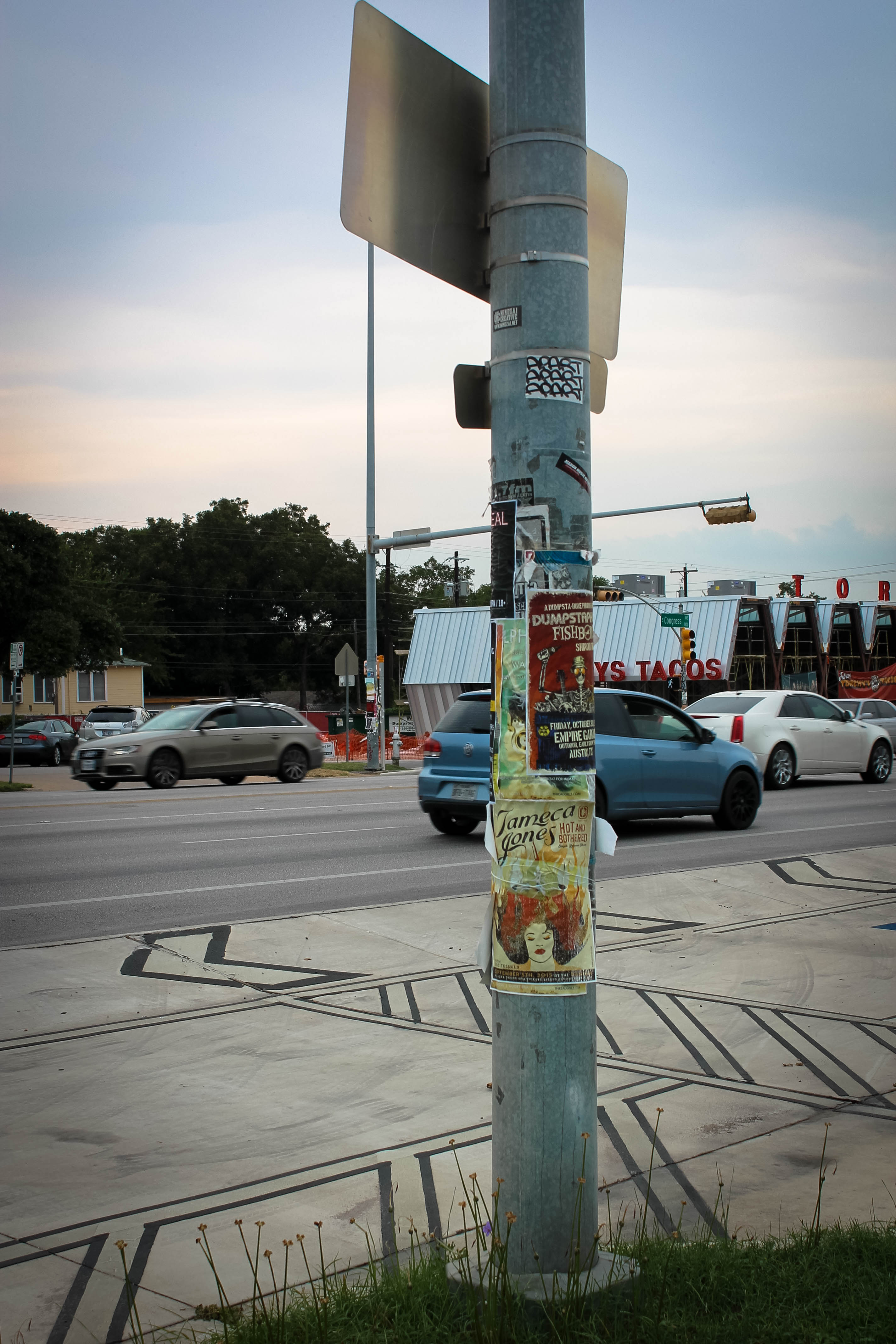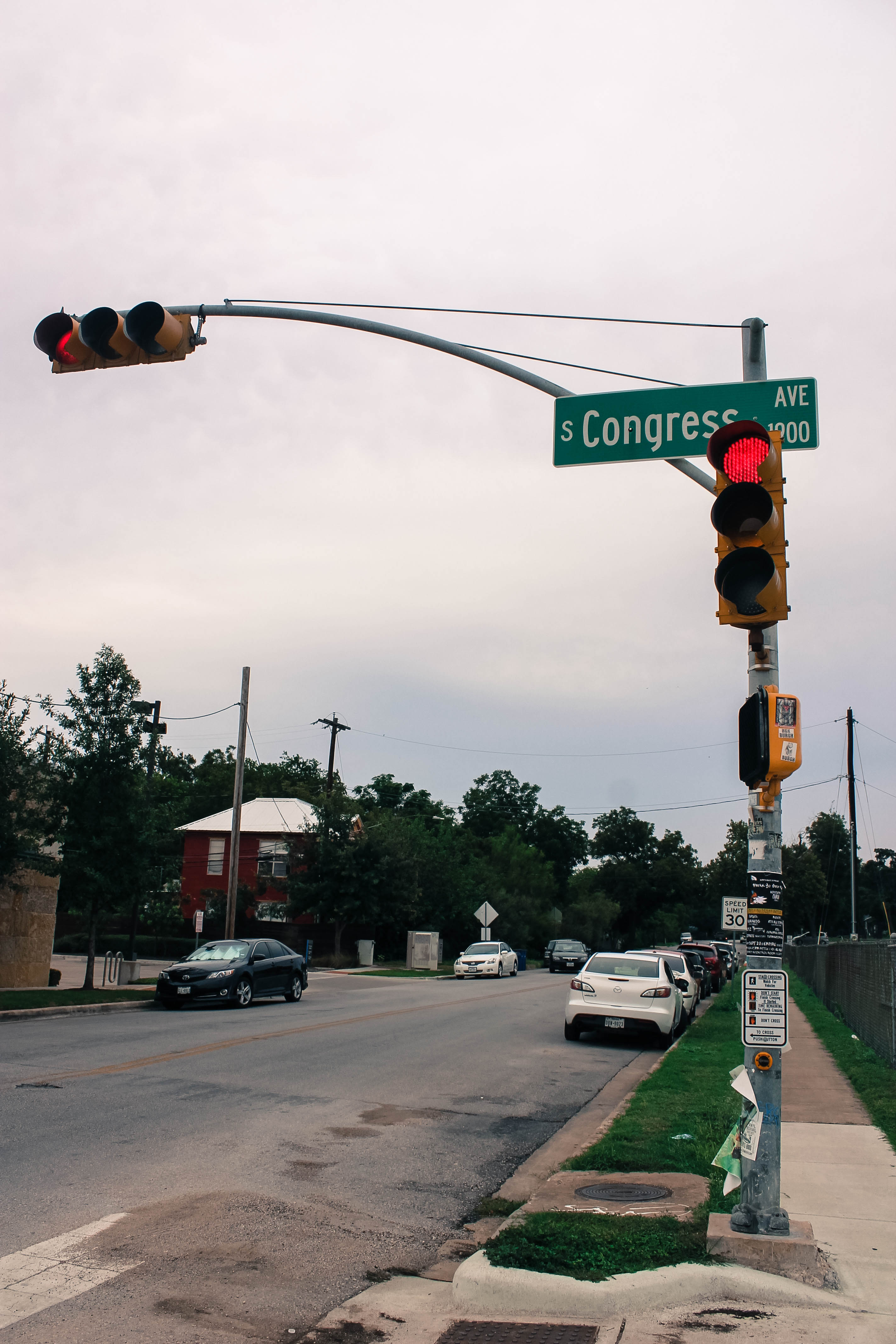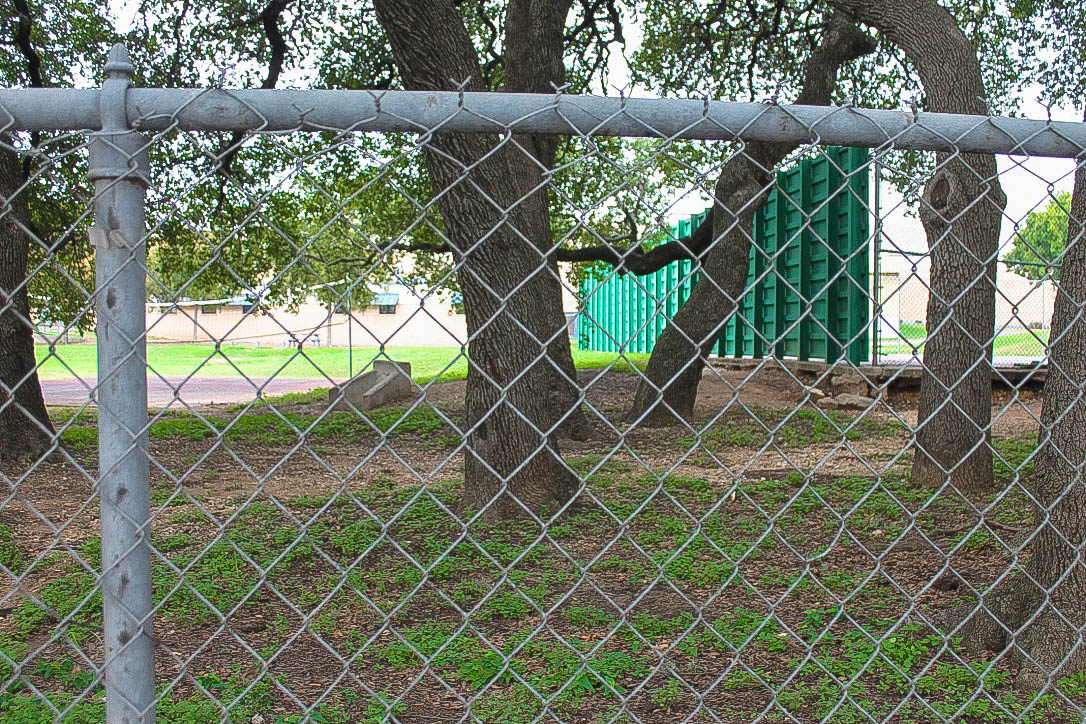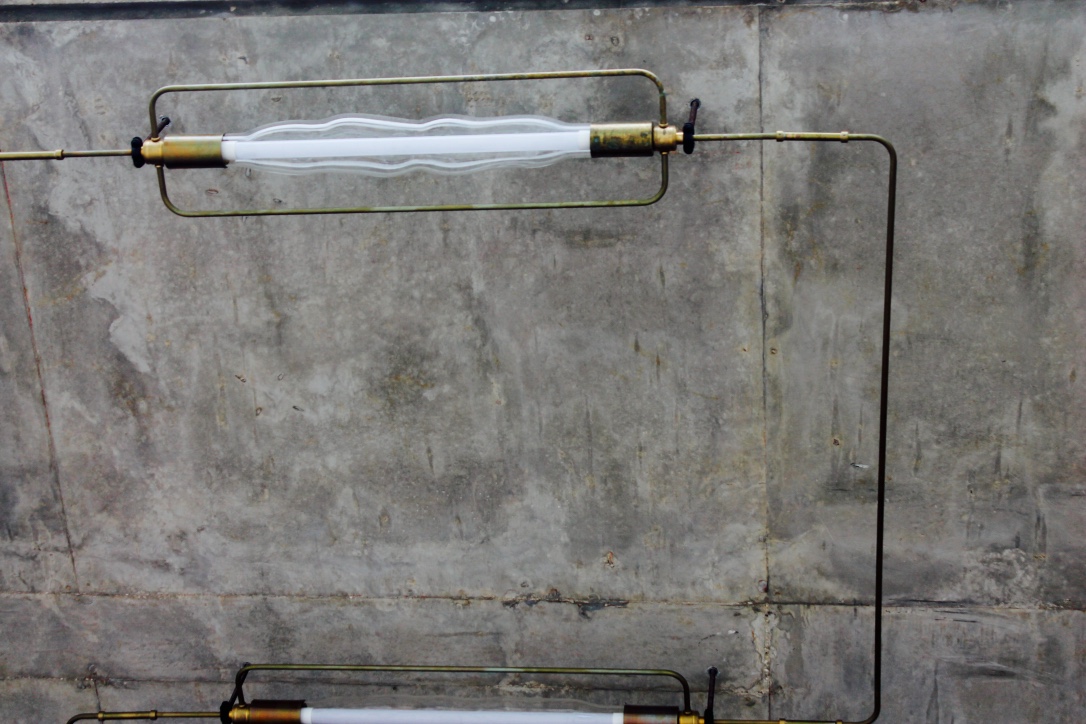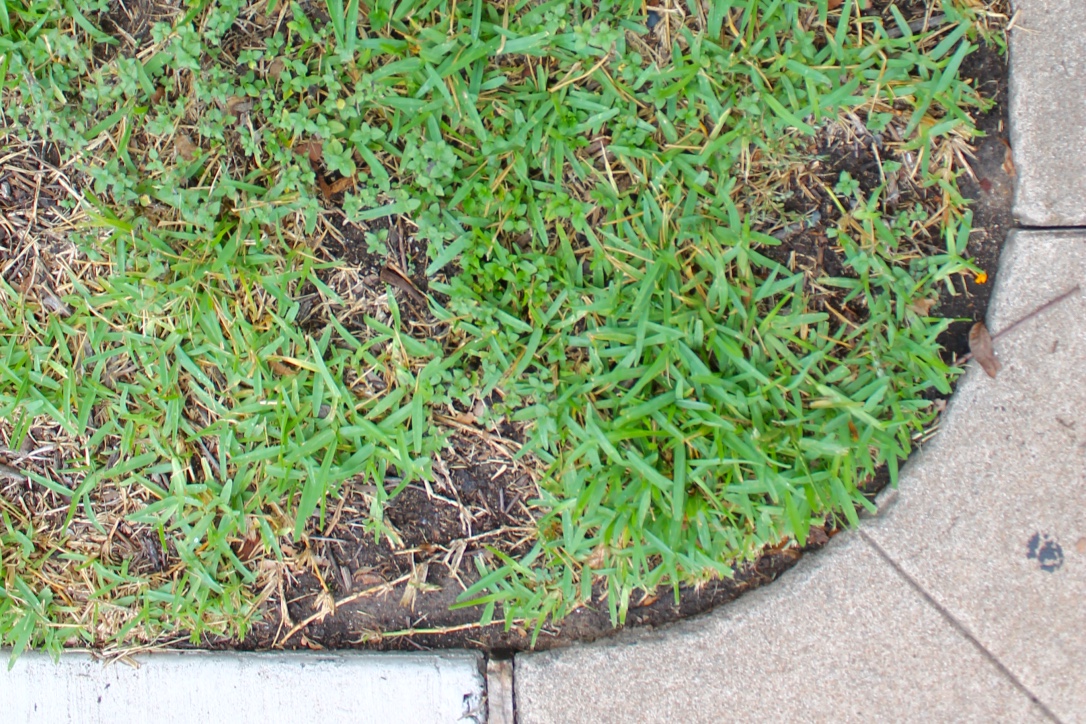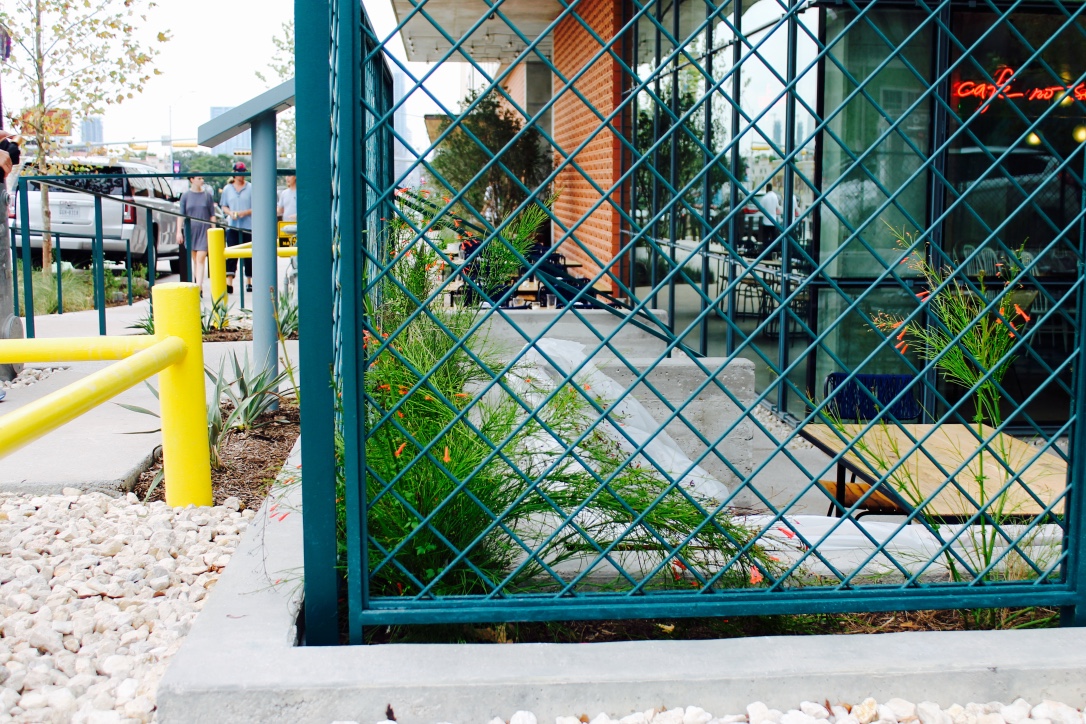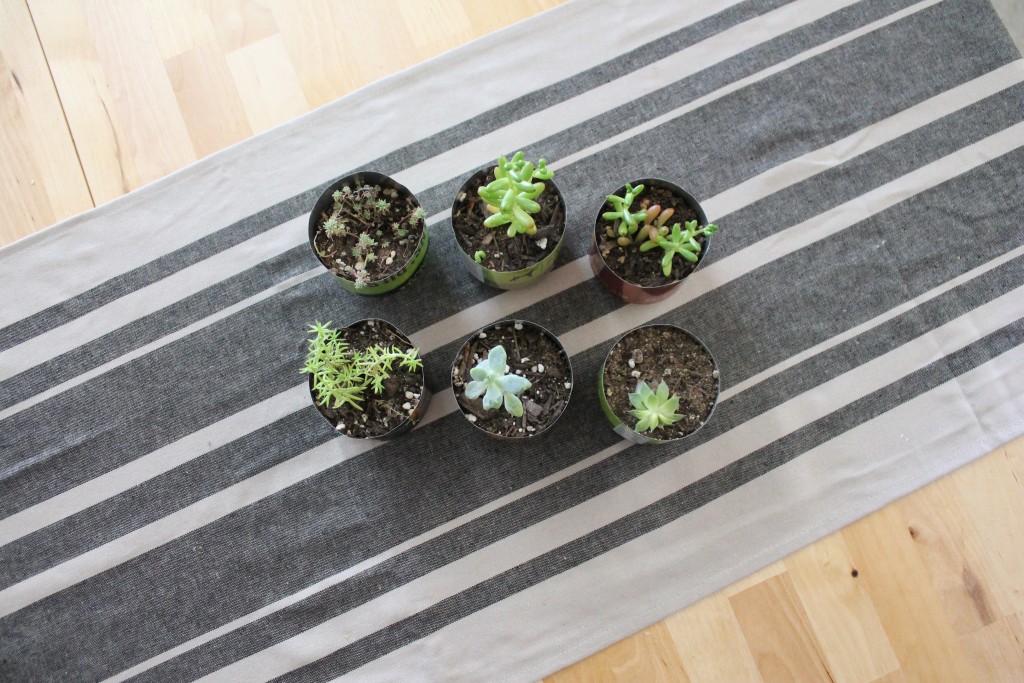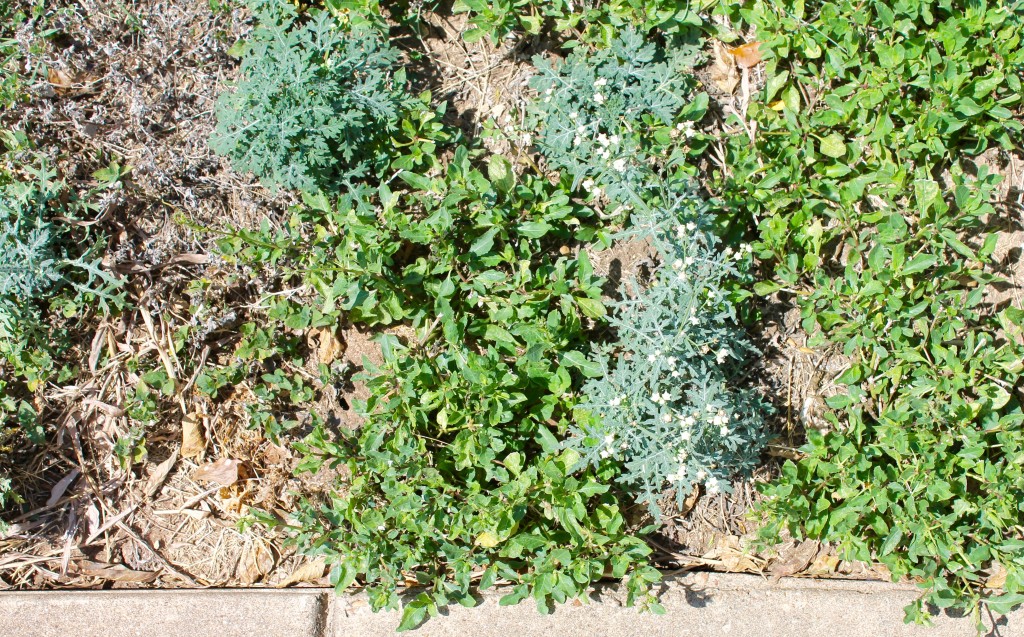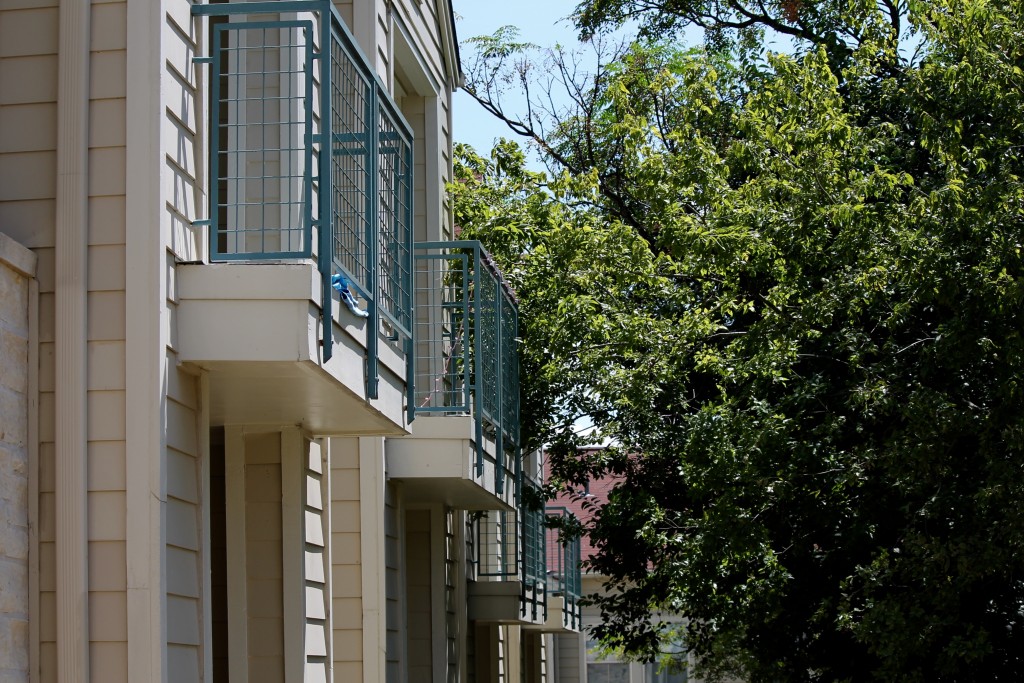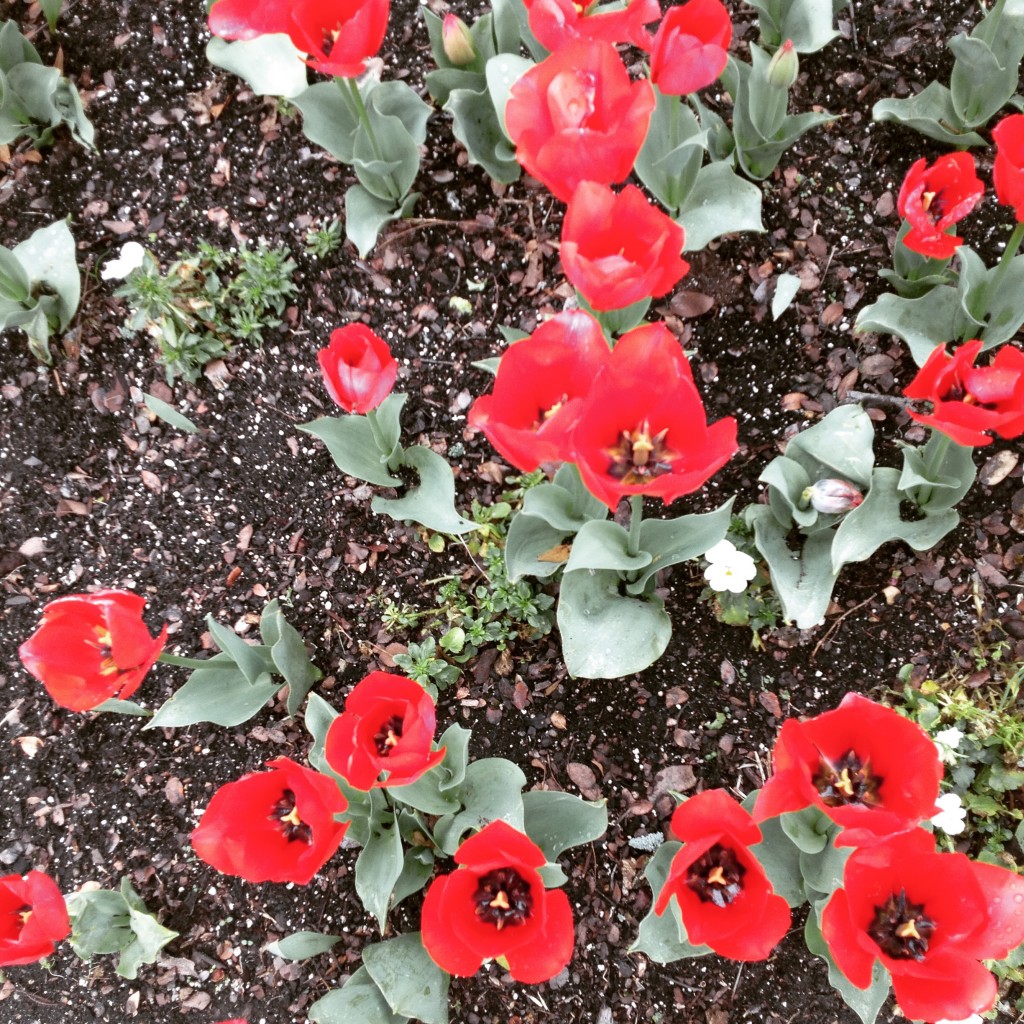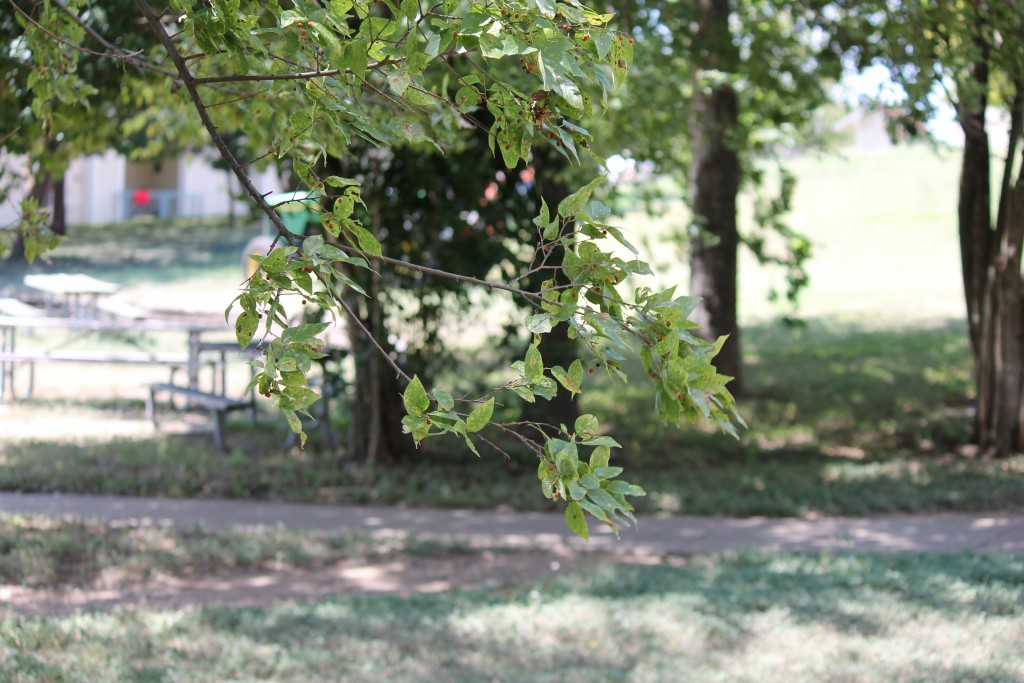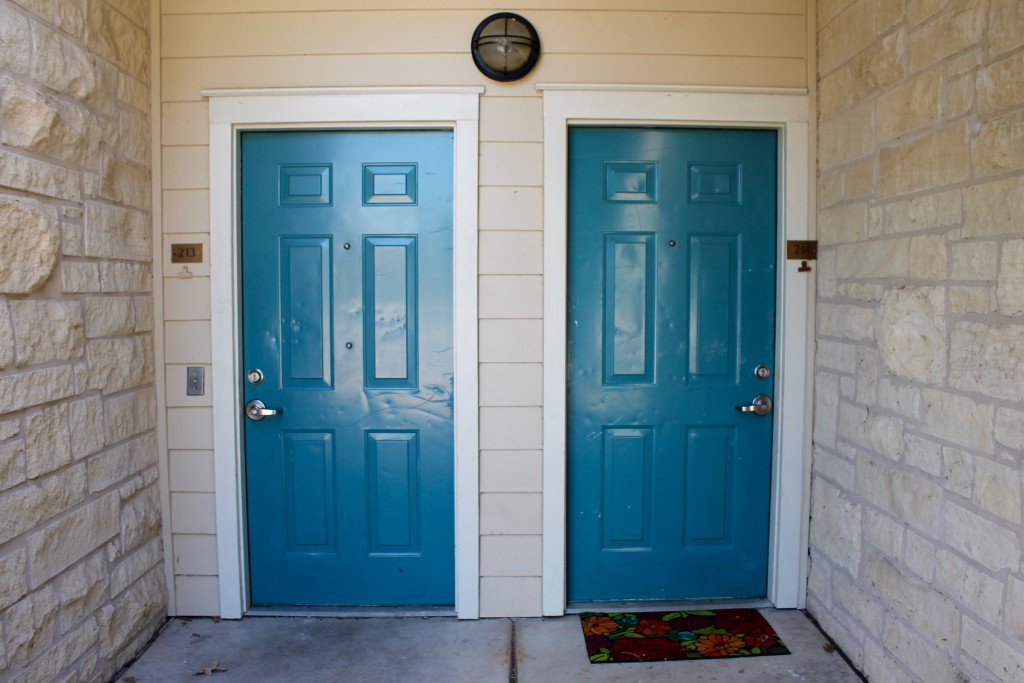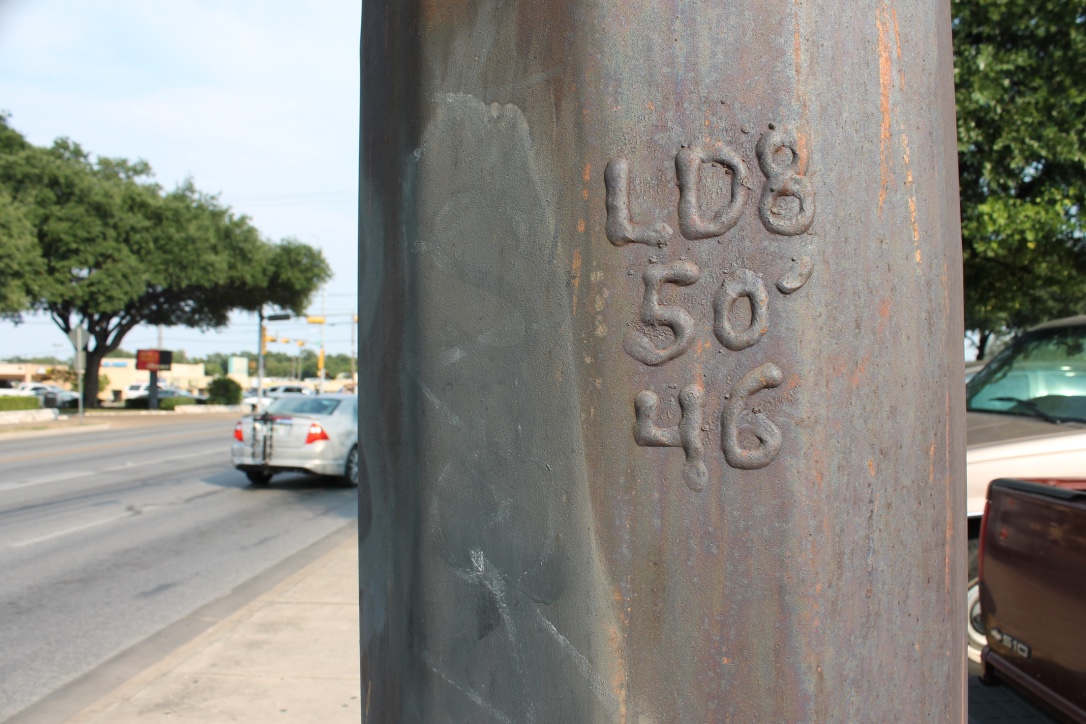Change within yourself via expert hours?
There has been a massive change within me personally this semester. I’ve noticed that all of my free time is spent messing around on Photoshop, browsing design boards on Pinterest, and making ink drawings. It’s become a slight addiction. I’ve become so much more confident in my knowledge of programs and design principles–what makes “good” art has become clearer and easier for me to understand (and thus produce). As a result of this art addiction, my homework has felt less like work and more like fun. (Leading to me stressing whether or not that means I’m really “working”…but that’s a crisis for another time.) Working with design programs was something completely foreign to me until taking this class. Up until this point, I could see myself only in the “art world” in the strictest sense of the world — being a museum consultant, art historian, dealer, gallery director, etc. But after learning how addicting design is (not to mention how satisfying when a project really seems to “work”) it’s opened up my eyes to what other creative possibilities are out there. I’ve decided to pick up graphic design as a minor.
How I used practice time… I feel like I best fit under “I achieved my practice times very easily. 8 pts”
My largest regret thus far with this class is that I cannot seem to find more time in my week to rework assignments fully. Between my 5 other classes, internship, out-patient therapy, and 3 brand new kittens that my roommate decided to surprise me with (did I mention they have to be fed every 3 hours? Even during the night?) I felt as though I only had about 3-4 hours per week that I could dedicate to this class outside of the classroom. To make up for this, I ensured that I attended every class and actively listened to demo instructions and critiques to absorb as much information as I could in the time that I had. And despite these time constraints, I made sure to submit all assignments in a timely manner and to print out my assignments on good matte paper rather than “cheaping out” on copy paper to save time.
How I dealt with feedback… I feel like I best fit under “I understood crits of other students and knew how it applied to me and I constructively gave out plenty of it. I could teach this class if I had to. 10 pts”
I did my best to apply knowledge where I was able to, and warmly welcomed other’s knowledge in aiding me to be more successful. When working on critiques in groups, I often felt like the only one speaking. I’m not afraid of critiques–I thrive off of them. Without constructive feedback, I’d be sitting in the same lackluster spot I was in August. Critiques allowed me to recognize mistakes or areas I had not seen (or considered). Hearing multiple points of view helped me considerably in understanding how to work and re-work projects efficiently. I’ve begun using these different points of view in making my own personal projects better (I was recently inspired to open an Etsy shop).
The level of challenge I gave myself… I feel like I best fit under “I had to put some deodorant on.6 pts“
I was rather ambitious in my project concepts / plans, and I often felt as though time constraints hindered my end results. (See earlier comment..) After seeing this in effect during the first photo project, I decided to stick with simpler ideas where I could spend more time on my craft to ensure it was well-done. I figured that hyper-attention to detail on a smaller project would present better than an awesome, out of the world….half-done project.
My inventory expert experiences… I feel like I best fit under “I experienced so much extra stuff. So hyped to put that energy into the projects! Even my classmates can feel my aura of enthusiasm! 10 pts“
I went to all of Jenn Hassin’s workshops (and learned how to make paper, too!) and scored a paid internship with her along the way. I’ve spent time in her studio and have learned a lot about the business of studio art / commissioned art. I was able to take that high energy and feel inspired in my courses as a result. I also attended a few art talks around Austin and pursued a volunteer opportunity at Pump Project after Rebecca Marino’s talk in my VISU seminar. Nevertheless, it seems as though I’m now noticing design elements everywhere. The other day, I was in Trader Joe’s and it suddenly made sense to me why one of the tortilla chip bags looked “better” than the other–there was a complementary color scheme working effectively! The others were boring!! Mind. Blown. In fact, I think I’m starting to bother my boyfriend, Luke, with all of my seemingly-constant “art talk.” (He’s a business major…) He kind of understood the tortilla chip situation, but oh well. It’s my addiction, not his. But this is an example of the kind of change I’ve had from all these expert experiences– I’m so pumped to start homework that it’s no longer feeling like work. I’m actually Instagramming a LOT of it.

